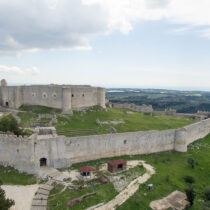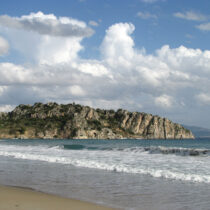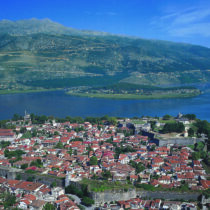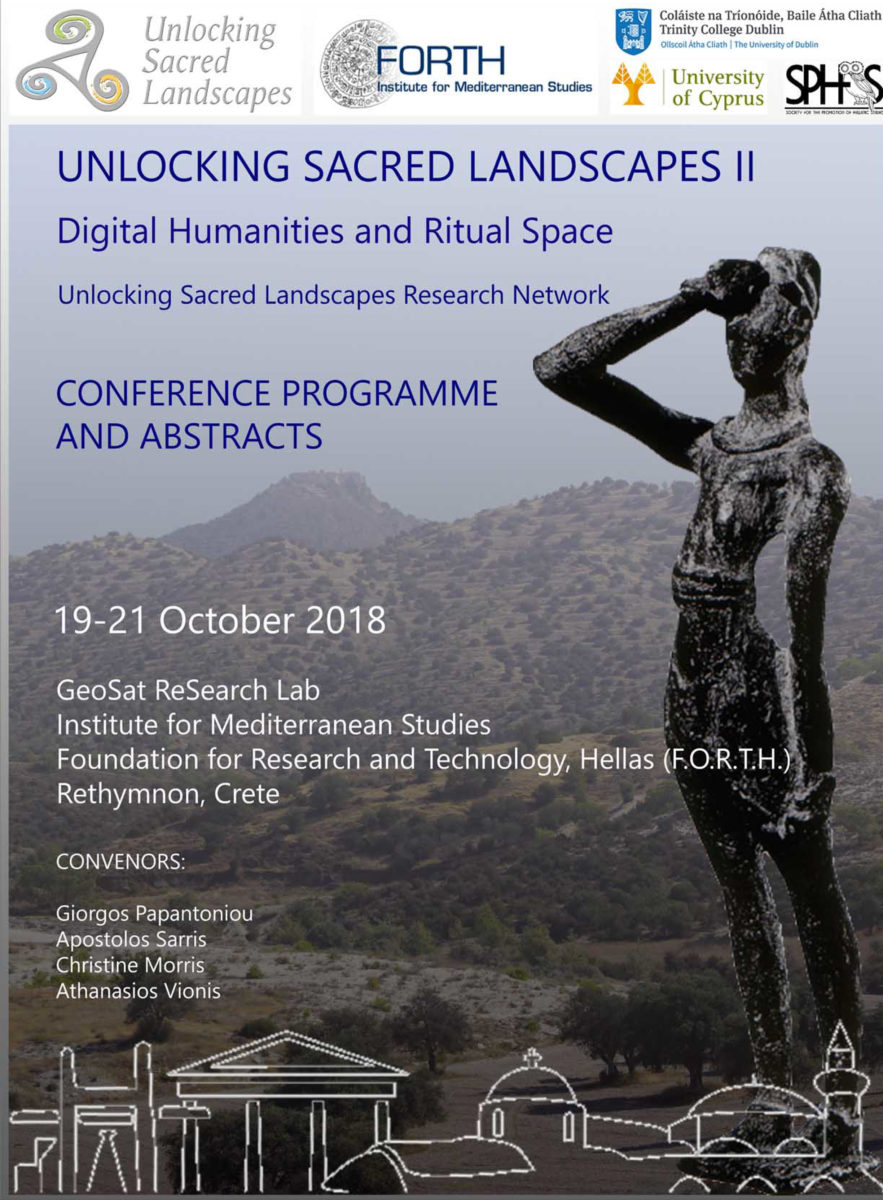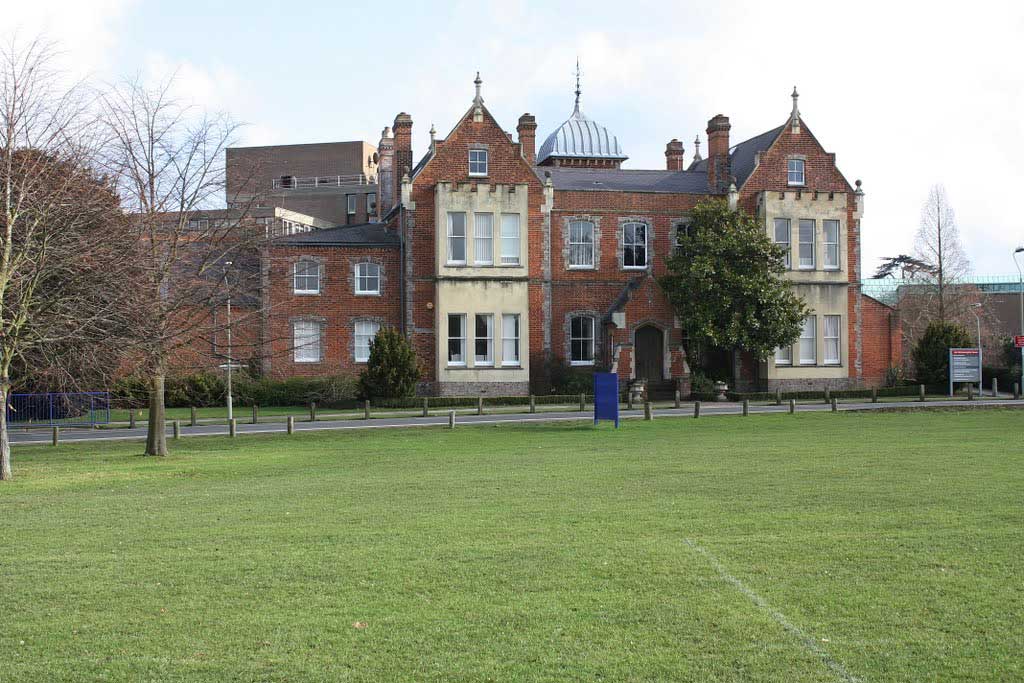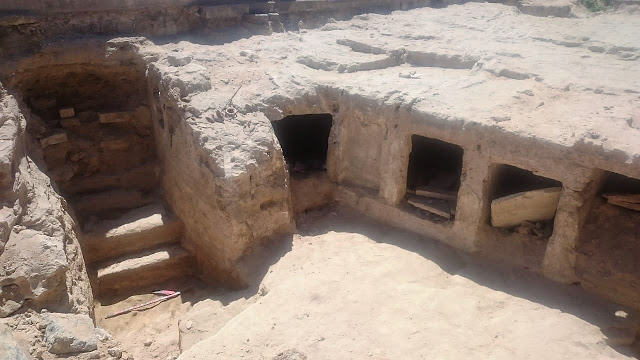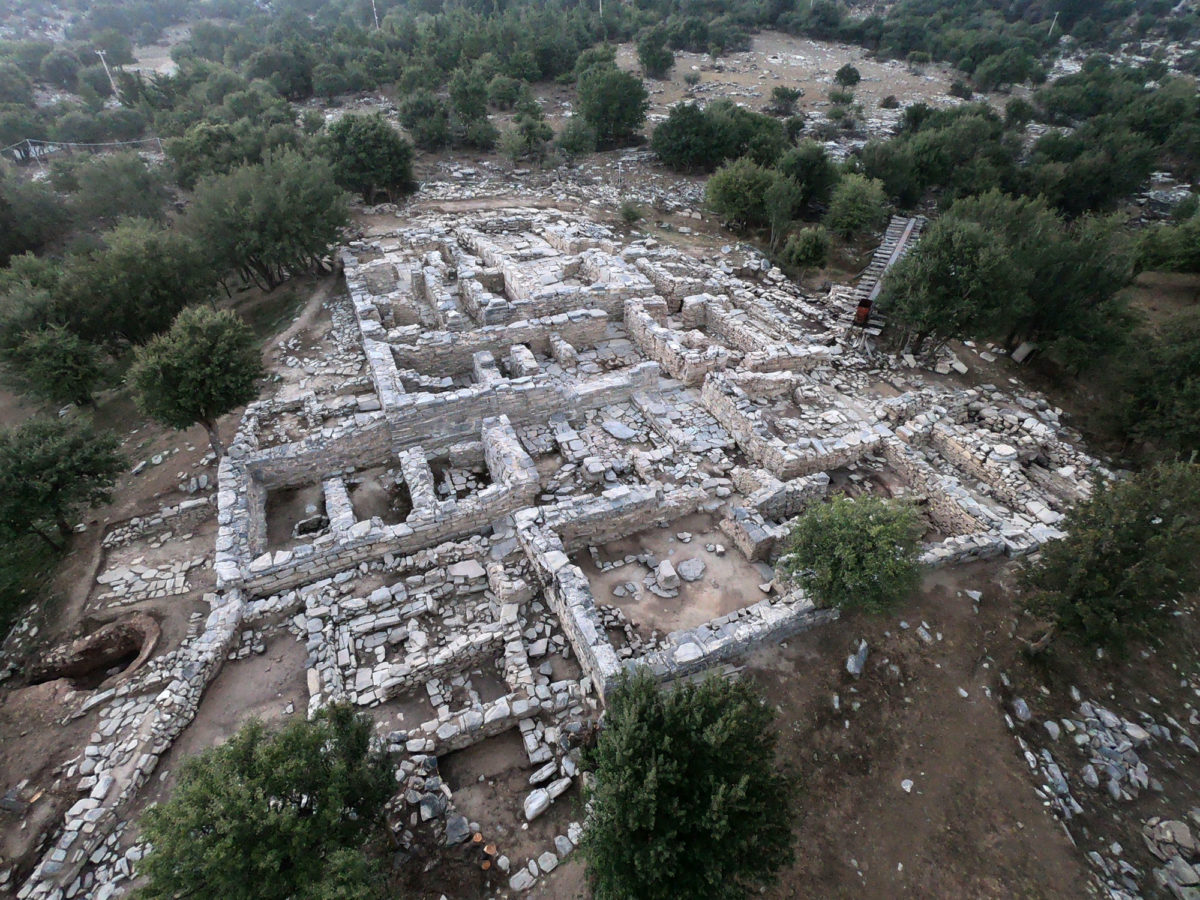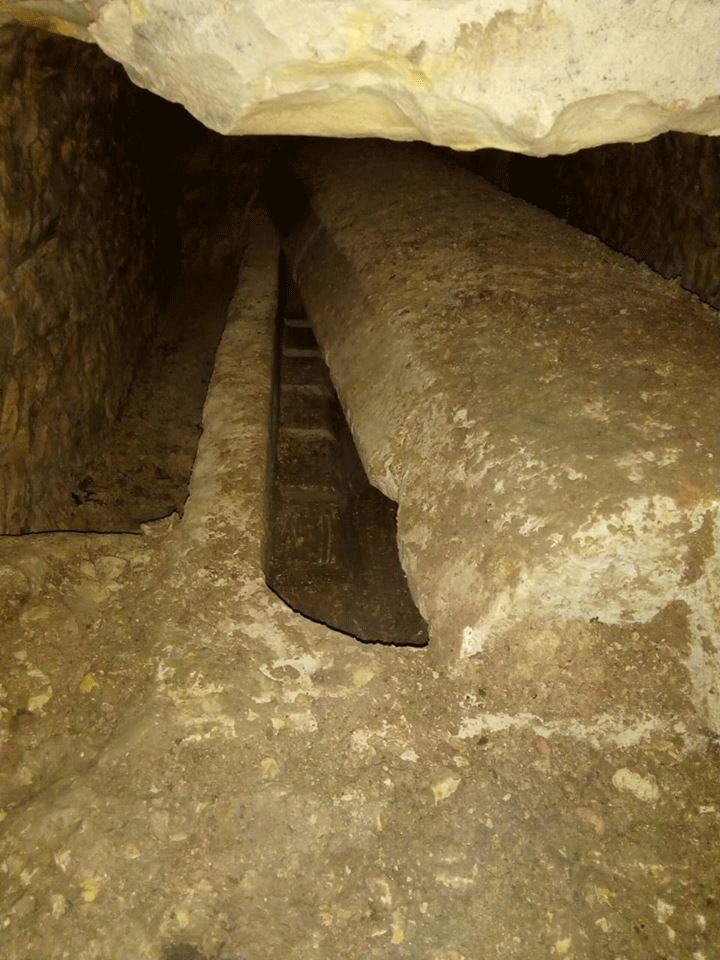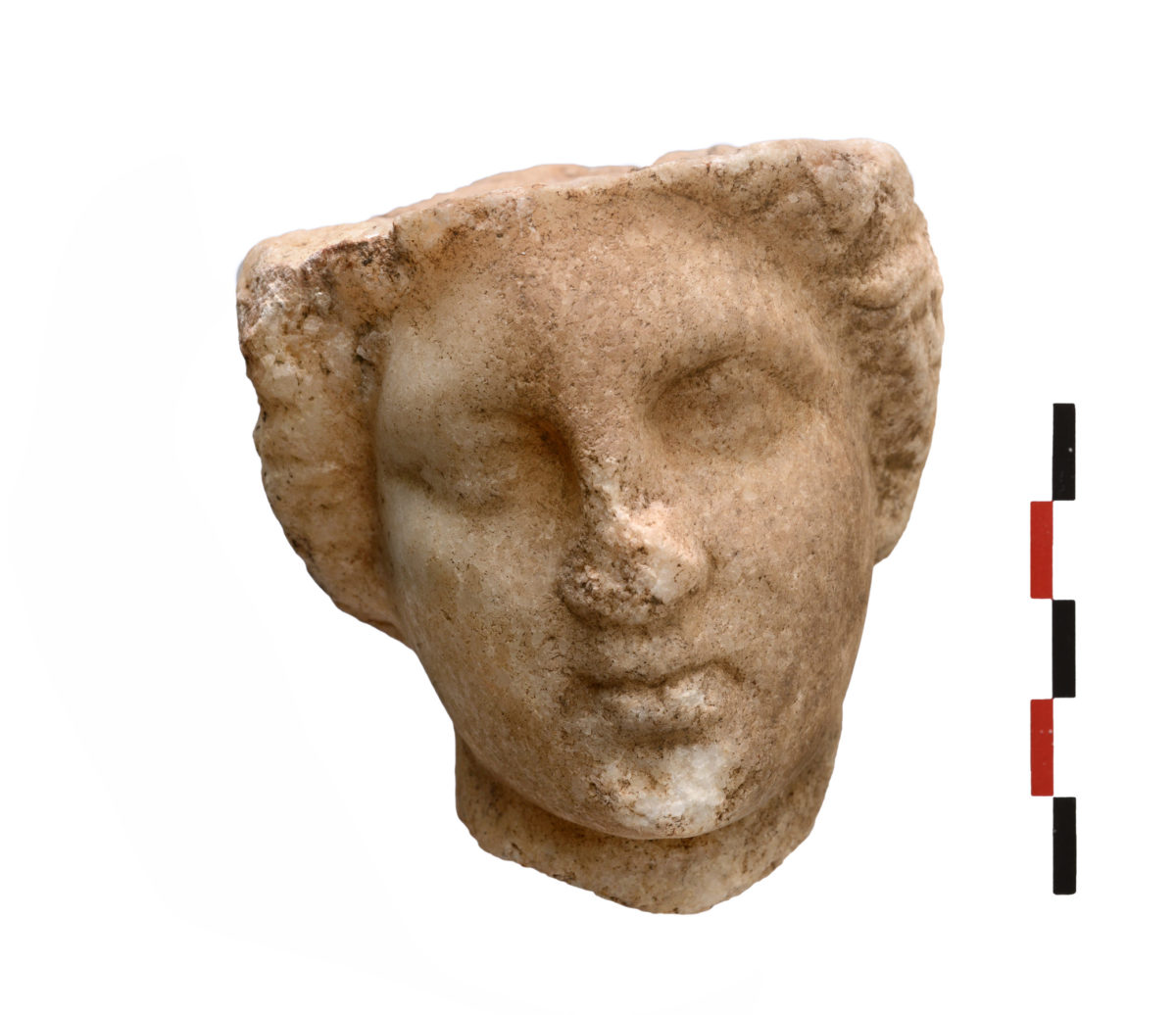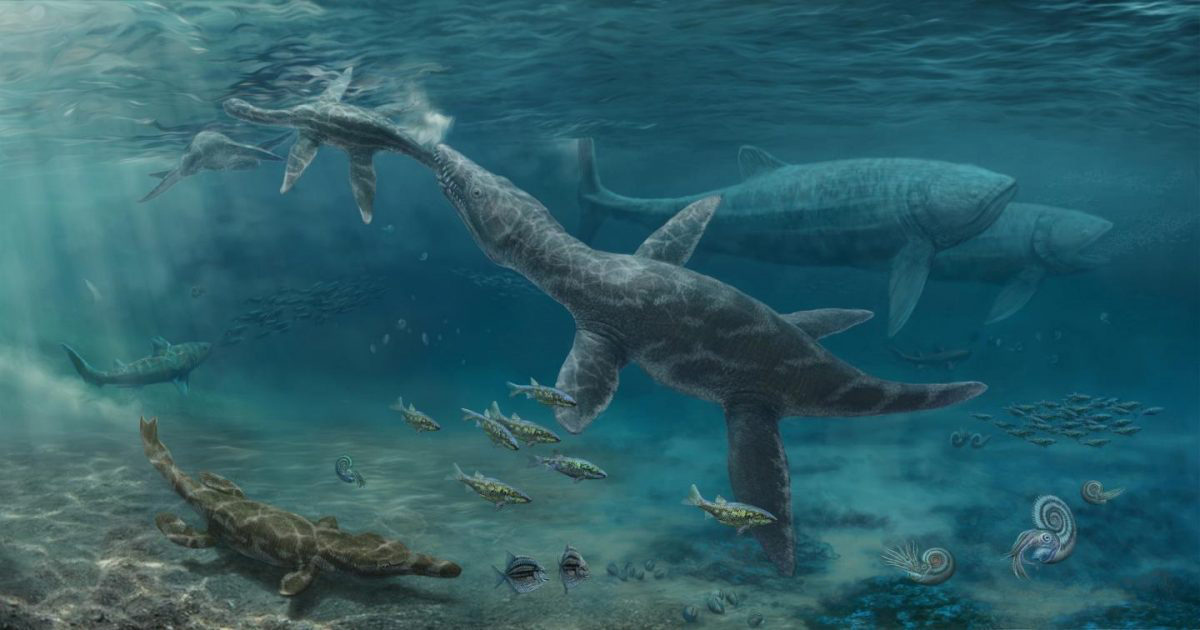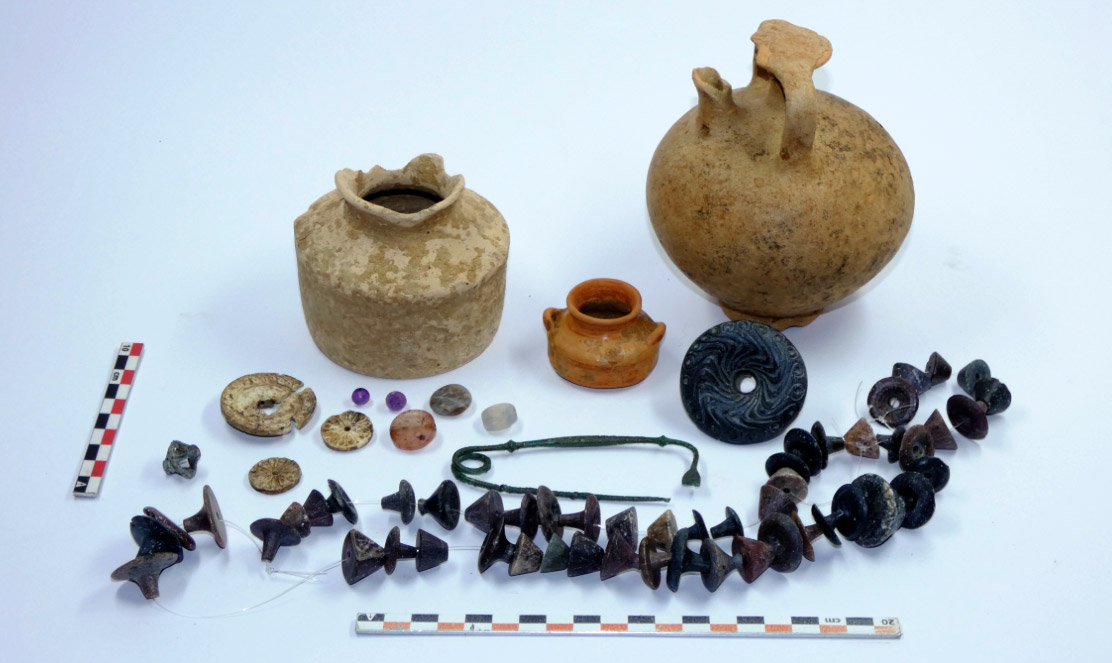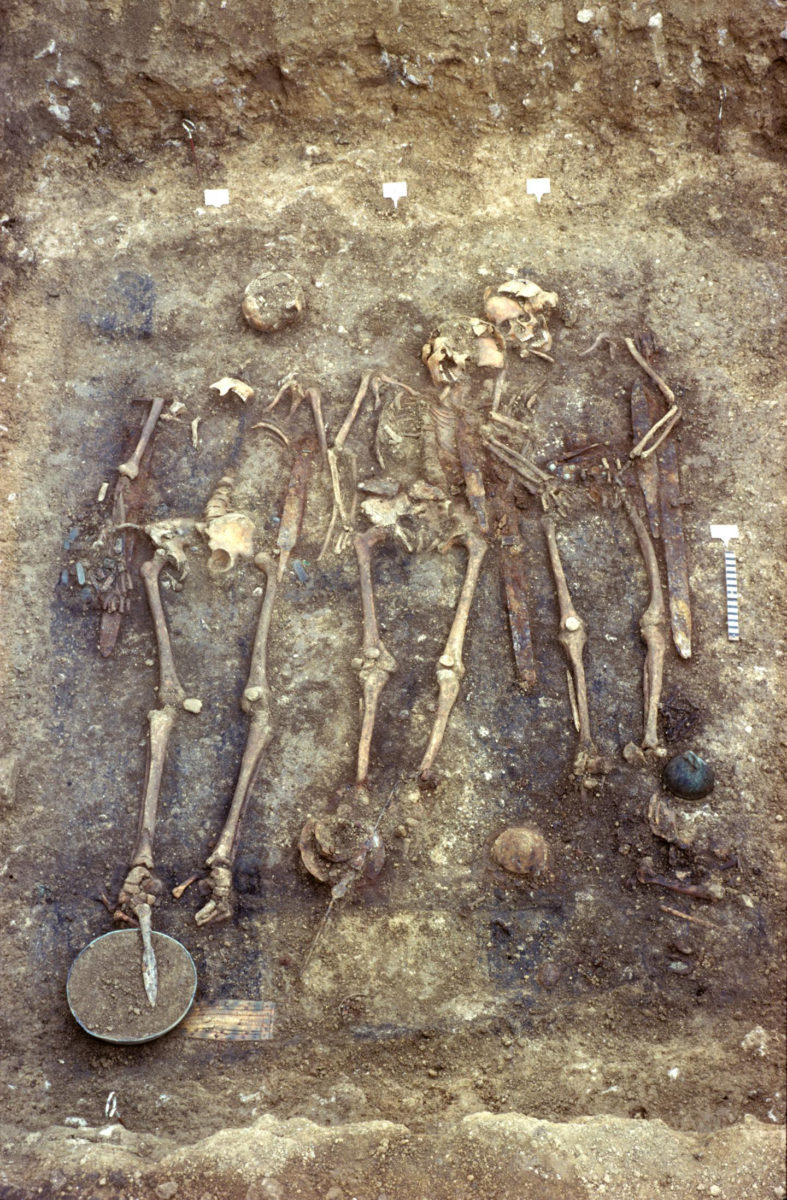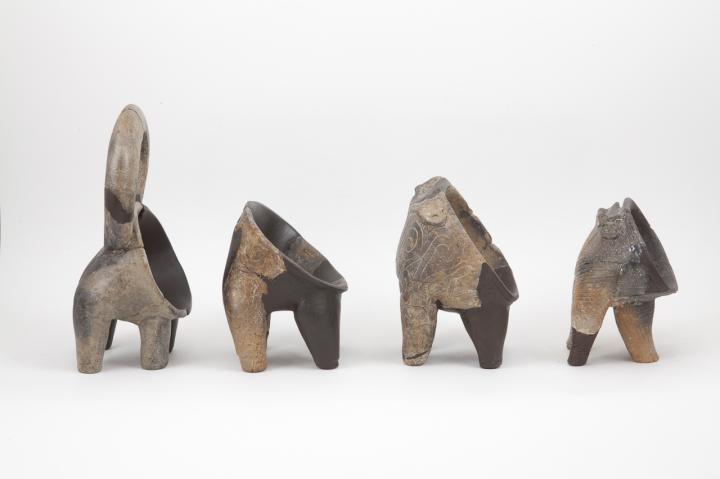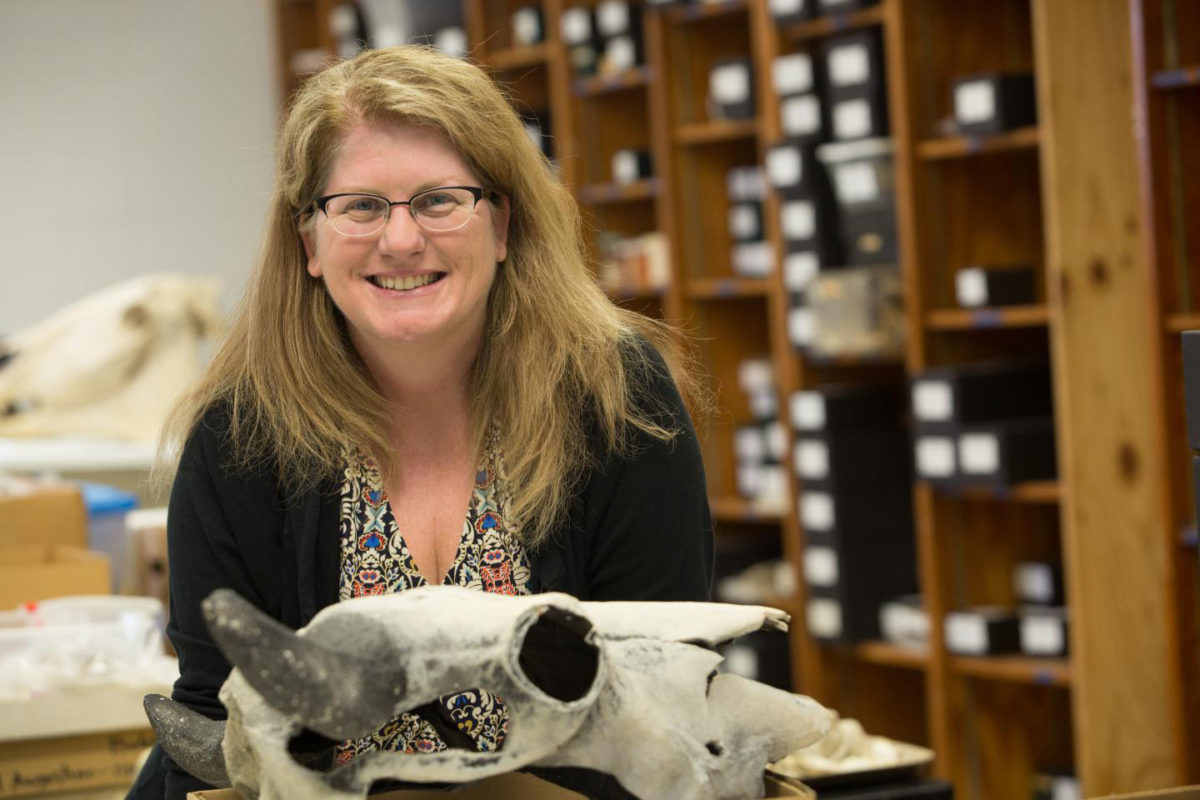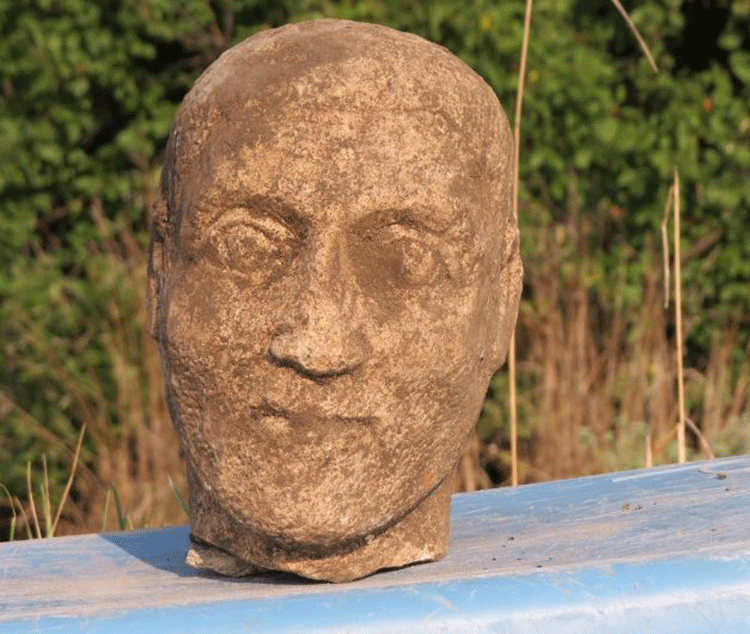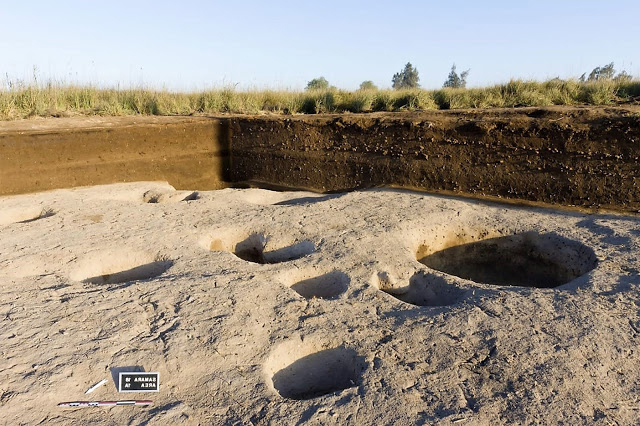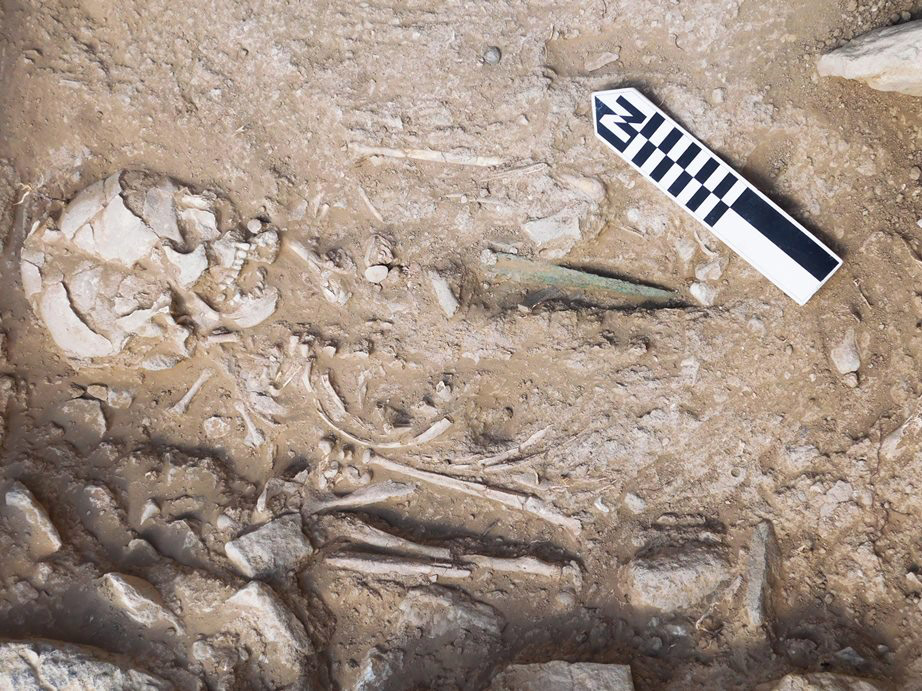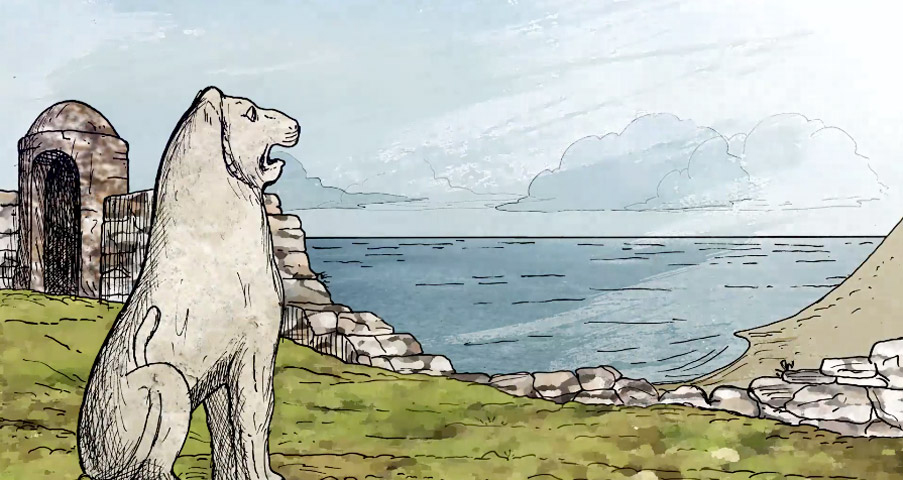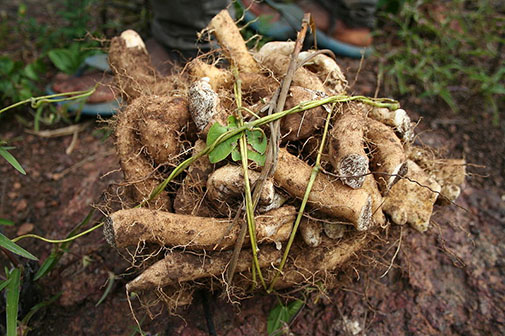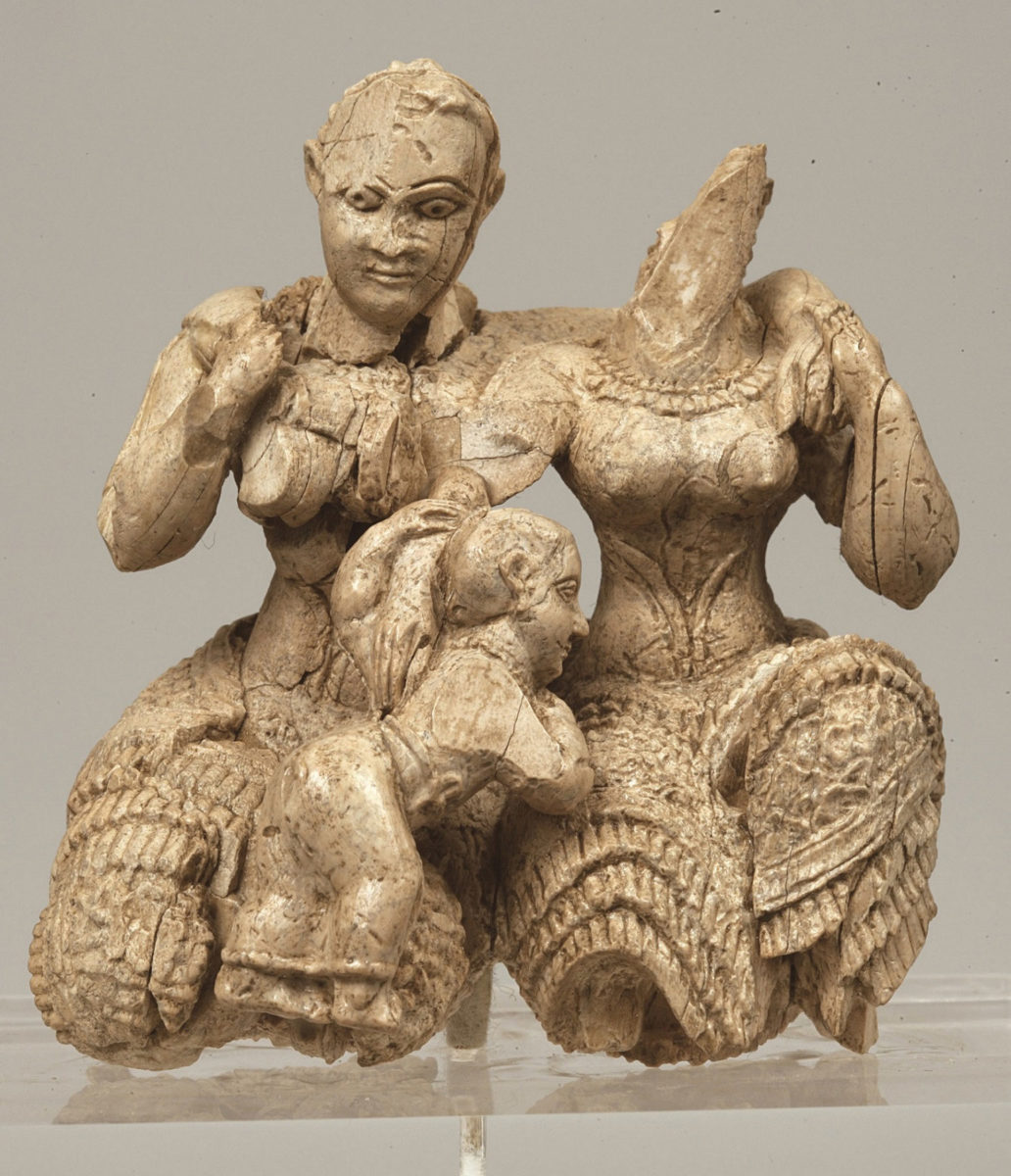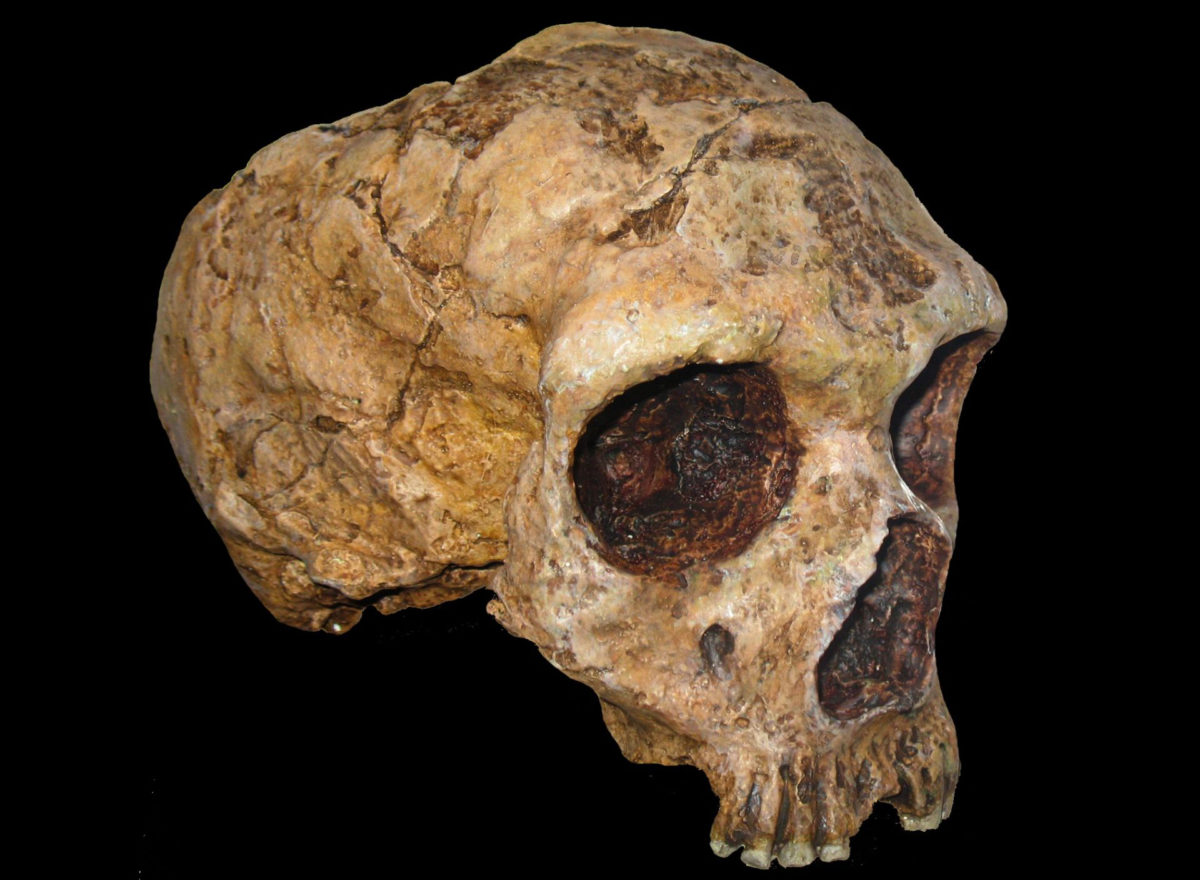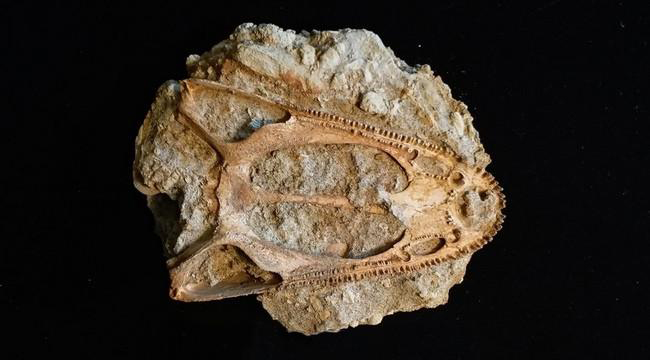Digital Humanities and Ritual Space
The meeting will focus on digital approaches both to ritual space and to artefacts relating to ritual practice and cult.
Government of Ireland Postgraduate Scholarships at Trinity College Dublin
The Irish Research Council’s 2019/2020 Government of Ireland Postgraduate Scholarship scheme is now open for applications.
Keeping it in the Family? A Postgraduate and ECR Conference
Conference analysing the underlying expectations that society had of the family in ancient & early-medieval times.
Ancient farmers profoundly changed Earth’s climate
Ancient farmers may have been fundamentally altering the climate of Earth.
Ptolemaic period tombs discovered in Alexandria’s western cemetery
An Egyptian archaeological mission headed by Fahima El-Nahhas, General Director of Excavations in Alexandria, uncovered a section of Alexandria’s western cemetery that dates to the Ptolemaic era.
New dimension to the cult at Zominthos
This year’s excavation work increased the overall excavated surface by 100 m2 and revealed more interesting architectural elements.
Ancient stone cemetery of unknown owner was discovered in Egypt
Archaeologists excavating in Egypt have uncovered a stone cemetery of an unknown owner about 300 metres away from the pyramid of King Senusert I.
Rich finds at Vryokastro and Vryokastraki on Kythnos
Among them a three-aisled basilica with a narthex and a semicircular vault, a building approximately 80m long and two towers.
Fossil teeth show how Jurassic reptiles adapted to changing seas
Marine predators that lived in deep waters during the Jurassic Period thrived as sea levels rose, while species that dwelled in the shallows died out, research suggests.
Hundreds of Hellenistic-period seal impressions discovered at Maresha
Last month, while excavating in one of the subterranean complexes, the ASI-HUC team of archaeologists uncovered an opening in the side wall of one of the caves in Maresha.
Excavation of a cemetery from Prehistoric and Historical times in Aliveri
A cemetery, a real palimpsest in terms of the region’s archaeological data, was excavated this summer by the Ephorate of Antiquities of Euboea at the site Makria Rachi of Karavos in Aliveri.
Genetic secrets of high-ranked warriors at a medieval German burial site
Ancient genome-wide analyses infer kinship structure in an Early Medieval Alemannic graveyard.
Evidence of 7,200-year-old cheese making found on the Dalmatian Coast
Analysis of fatty residue in pottery from the Dalmatian Coast of Croatia revealed evidence of fermented dairy products — soft cheeses and yogurts — from about 7,200 years ago.
Turtle shells served as prehistoric musical instruments
Turtles served as more than tasty treats for many Native American tribes throughout North America.
Statue head of Emperor Aurelian and Roman colonnade found in Bulgaria
Archaeologists in Bulgaria have discovered a statue head thought to depict Roman emperor Aurelian
One of the earliest settlements of the Nile Delta
One of the oldest villages ever discovered in the Nile Delta, has been recently uncovered at the Tell el-Samara site, Egypt.
The Petras cemetery in Crete dig yields new important finds
The cemetery at Petras which has proved by far the largest of its era in Crete, belonged exclusively to prominent families of the palatial settlement.
Two Greek museums among the winners of the Museums in Short 2018
Two Greek museums among the winners for short videos they produced.
Coastal strip in Brazil sheds new light on early farming
Humans may have been cultivating plants on a narrow coastal strip in Brazil as far back as 4,800 years ago, according to a new study.
Fire at the Brazil’s oldest museum causes immense destruction
On Sunday a fire destroyed a two-century-old building in Brazil which accommodated one of the country's oldest and most significant museums. Hundreds of thousands of artifacts have been destroyed and others severely damaged.
Costume in the Prehistoric Aegean at the National Archaeological Museum
From Monday September 3 to Sunday September 16 experimental reconstructions of costumes inspired by Minoan Crete, Thera and Mycenaean Greece will be on display in the Museum’s exhibition areas.
New finds at the Prastio-Mesorotsos site
In the tenth excavation season at the site, the team excavated in four areas.
Cold climates contributed to the extinction of the Neanderthals
Climate change may have played a more important role in the extinction of Neanderthals than previously believed.
Samara Polytech geologists discovered the fullest skull of Wetlugasaurus
Wetlugasaurus is an extinct genus of temnospondyl amphibian from the Early Triassic of northern Russia and Greenland.

